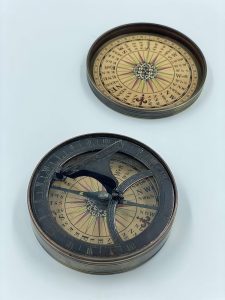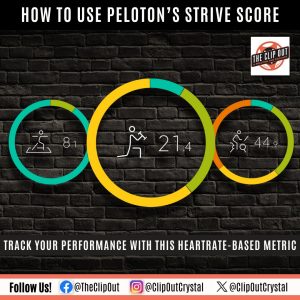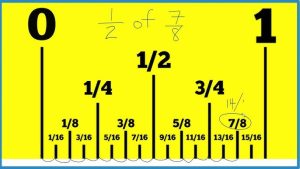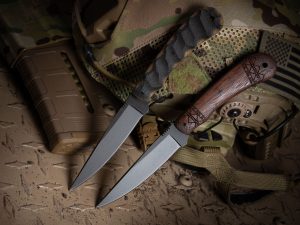Exploring the Charm and Variety of Rundle Mall Shops in Adelaide

Mention Adelaide’s centre and people throw around words like “festivals,” “churches,” “wine.” Yet—day to day—the real pulse is the Rundle Mall shops. Funny thing is, when the street was first shut to cars in 1976, not everyone was thrilled. A road turned pedestrian? Radical then. But time proved the gamble right. Nearly five decades later, that strip has become more than a walkway. It’s a meeting ground, a thoroughfare, a space that feels stitched into the city’s routine.
Why the Mix of Shops Matters
Most malls in the world? Same chains, same logos, no matter which country you’re in. Rundle Mall is different, not entirely, but enough. You’ll find the anchors—Myer, David Jones—pulling crowds. And in between, oddities. An independent jeweller still serving families who’ve been customers for generations. A boutique hat maker keeping craft alive. A little bookstore that stubbornly survived the e-reader boom.
This mixture changes the rhythm. Buy mass-produced sneakers in one shop, then wander next door where the owner knows locals by name. The contrast matters. It makes you feel the place hasn’t been swallowed by sameness.
Retail as Theatre
Here’s something overlooked: the mall doubles as a stage. Street performers claim patches of ground. Some belt pop songs, others juggle knives, another paints their skin gold and freezes—startling kids who think it’s a statue. Once, I saw a pianist roll in a keyboard and just start playing Chopin in the middle of the walkway. Surreal.
Even the buildings play roles. Heritage façades with ornate lacework stand shoulder-to-shoulder with sleek glass. That clash of eras—the past and the present in constant conversation—creates texture. It reminds shoppers they’re not just buying things. They’re inside Adelaide’s story, which happens to be told with credit cards and buskers.
The Subtle Pull of Everyday Needs
Tourist brochures usually skip this part, but locals know. The Rundle Mall shops aren’t only shiny clothes racks and luxury perfume counters. They’re practical. The optometrist for new glasses. The chemist for medication. The newsagent for stationery. These errands hold the place together. Without them, it would collapse into being just another retail precinct chasing visitors. Instead, it serves both. Tourists wander. Residents live through it.
A Place to Pause, Not Just Purchase
Of course, shopping alone can feel hollow. That’s why the mall’s benches, the cafés tucked around corners, the sculptures—Horatio the pig, the silver “Mall’s Balls”—matter. They’re not decoration. They’re breathing space. Teenagers hang out here without buying a thing. Office workers spill out at lunch, unwrapping sandwiches. Retirees sit, watch, talk. These pauses turn the space into community, not just commerce.
Layers of Culture and Memory
Every Adelaidean seems to have a story. First pay cheque spent at a department store. Meeting friends by the old fountain (gone now). Buying a wedding ring decades ago from a jeweller still trading. Walk through the mall and you’re walking through personal histories layered on top of one another. Shopping centres built on the city edge can’t compete with that. They’re too new, too sterile.
Seasonal events reinforce this layering. At Christmas, lights drape the street. Families come not to buy but to see. During Fringe Festival, performers spill into the strip, twisting it into something else entirely. Elastic, that’s the word. The mall bends into whatever the city asks of it.
The Enduring Appeal
So why does Rundle Mall endure? Not because every shop is exciting—let’s be honest, some aren’t. Not because it’s perfect—it isn’t. The draw lies in its blend. Commerce, memory, art, practicality. Some shops close, new ones arrive, trends shift, but the core remains. It’s real. A little messy, sometimes crowded, but alive in a way sterile malls can’t fake.
Conclusion:
Take away the retail heart and Adelaide would lose something vital. Not the brands themselves, but the web of connections they create. The Rundle Mall shops sit at that crossroads—useful, cultural, historic. A place that sells goods, yes, but also holds memories. That’s why people still go. Not just for things, but for the city’s own pulse beating underfoot.









